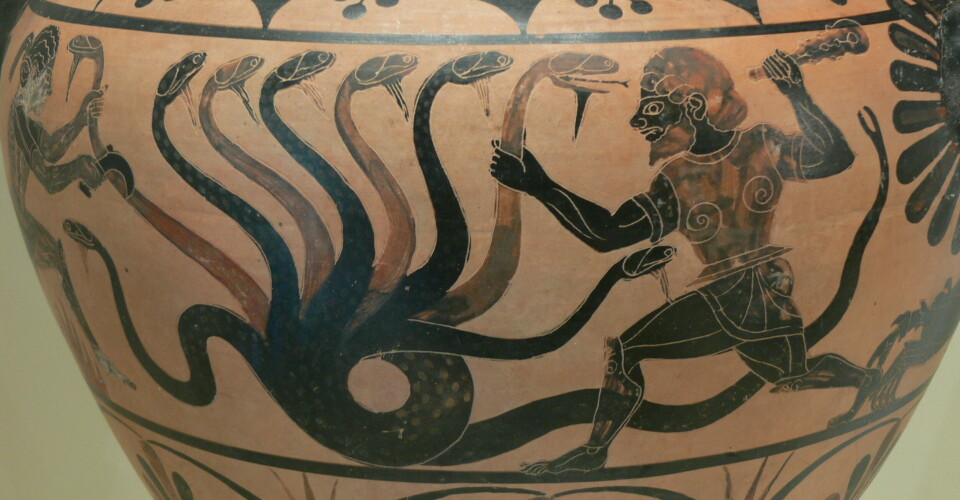
In the olden days, many believed that fossils came from dragons and giants
ASK A RESEARCHER: Who actually discovered the first fossil?
A fossil is the remains, imprints, or traces of something that lived a long time ago.
It could, for example, be the skeleton of a dinosaur.
To be considered a fossil, it must be at least 10,000 years old. The oldest fossils ever found are 3.5 billion years old.

The oldest fossils are only remnants of bacteria. Back then, not much else was alive.
But who discovered the first fossils, and when did we actually begin to dig into the Earth's history?
Giants and dragons
People began collecting fossils as far back as the Stone Age. They found large fossils, and they found many of them. The Stone Age began over 2 million years ago and ended when people began making tools from metal around 5,000 years ago.
“In Europe, they found complete skeletons of enormous animals like mammoths and thousands of cave bears. In China, they not only found large mammals but also dinosaurs,” Torfinn Ørmen tells sciencenorway.no.
Ørmen is a zoologist and has written a book about dragons and research.
In the old days, many believed that bones and teeth from lizards and other animals came from giants and mythical creatures.
Mythical creatures are animals that exist in stories but are not real. The most famous mythical creature is perhaps the dragon.
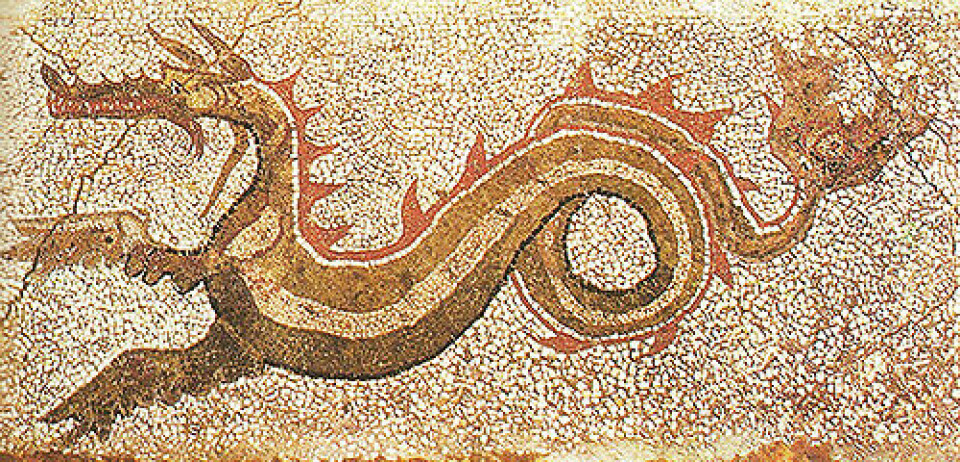
Ørmen says that people probably found fossils many, many thousands of years ago, but back then, they didn't write anything down, so we can't know what they thought.
“But there’s no reason to believe that they thought very differently from what the ancient Greeks and the ancient Chinese did. They also interpreted the large fossils as dragons, giants, cyclops, and other monsters,” he says.
Cyclops are Greek mythical giants with one eye in the middle of their forehead.
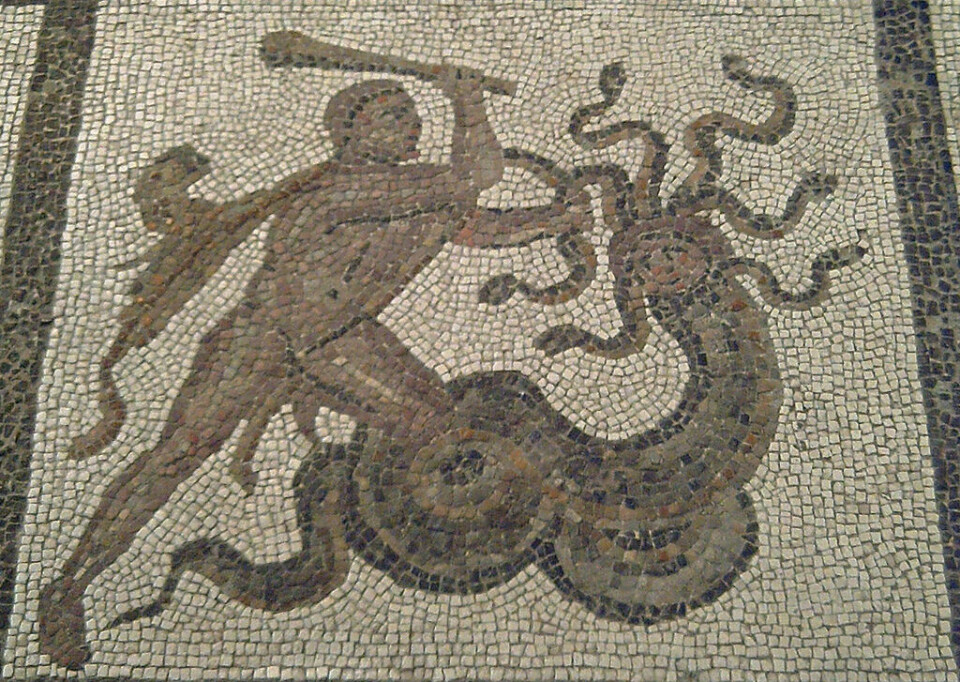
Most viewed
“Did any ancient societies find more fossils?”
“The Greeks stand out, not necessarily because they had a more vivid imagination than others, but because the ancient Greeks were good at writing down their myths. In almost all the places where they recounted tales of cyclops and other large monsters, there are fossils of large extinct animals,” Ørmen says.
Ancient Greece lasted from around 1,000 BC to 0 AD.
They believed fossils came from Noah's Ark
Even in ancient times, some understood that these fossils did not come from mythical creatures, but from ordinary animals.
“But at the same time, many continued to refer to the fossils as dragon bones,” Ørmen says.
In the Middle Ages, from around 500 to 1500 AD, many believed that mysterious natural forces had created the fossils.
It wasn’t until the Renaissance, which lasted from the 1400s to the late 1600s, that some began to realise that fossils came from previously living creatures.
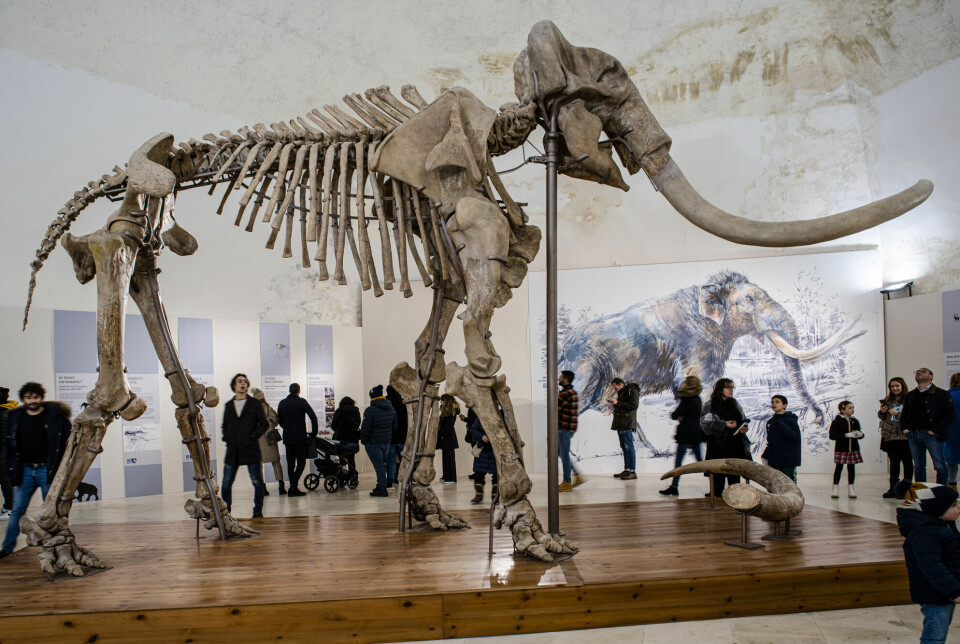
The Danish scientist Nikolaus Steno was one of the first to demonstrate this and wrote about this in the book Preliminary discourse to a dissertation on a solid body naturally contained within a solid in 1669.
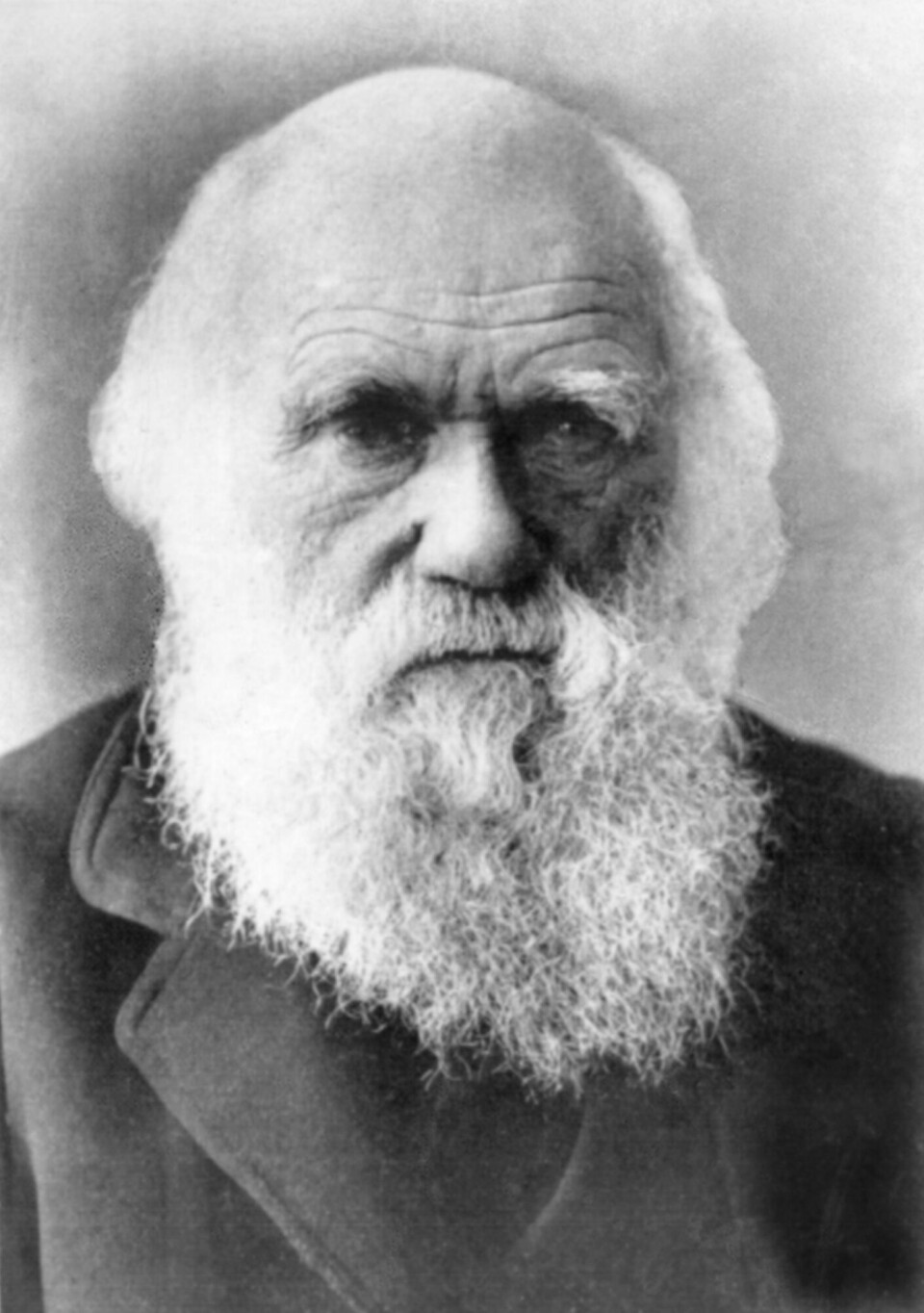
At that time, many believed that the Great Flood had taken all the animals, and the fossils were remnants of animals that had died during the flood.
You might be familiar with the story of the Great Flood from the Bible, which tells of Noah's Ark. In this tale, Noah brought a pair of every animal on Earth onto the ark because God flooded the Earth. According to the Bible, all other living beings perished in the flood.
From dragons to dinosaurs
During the Age of Enlightenment in the 1700s, people began to understand much more about what fossils were. And many had new thoughts about nature and animals.
“It wasn't until the mid-1700s that dragons and giants were no longer included in textbooks. However, the word ‘dragon’ continued to be used for dinosaurs and other large extinct reptiles until the term ‘dinosaur’ was proposed by the English scientist Richard Owen in 1842,” Ørmen says.
Nevertheless, it is Charles Darwin who has had the greatest impact on fossils.
In his book On the Origin of Species from 1859, he introduced the idea that fossils are evidence that life has changed and evolved throughout Earth’s long history.
———
Translated by Alette Bjordal Gjellesvik.
Read the Norwegian version of this article at ung.forskning.no




































